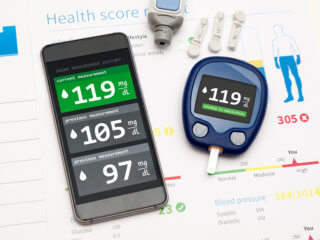Generic interoperability- IHE perspective
Integrating the Health care Enterprise(IHE) is an initiative by vendors and physicians to improve the way data is electronically exchanged through information technology services. IHE has been classified into 12 verticals, for example, radiology, IT Infrastructure, laboratory, etc. Each domain describes integration profiles which address some common communication problems. But, there are numerous integration challenges that are plaguing the digital health sector nowadays.
The companies are trying to adhere to the IHE guidelines and regulations of standardization, especially HL7. The HL7 communication protocol is used for transfer of clinical and administrative data between software applications by various health care providers. The communication aspect of the product should be agile and can accommodate the unique infrastructure features of different hospitals or medical organizations. Some of the companies also follow.
The standardization procedure is an arduous task, especially while converting from one form to another. The guidelines put forth by IHE are difficult to adhere, concerning economic and financial features. But in the long run, it would help companies come together and share medical expertise and solutions. This collaboration and exchange of ideas would contribute to creating a much more efficient and consumer-centric product.
| Recommended for you | |
| Regulatory and policy framework for medical devices in India | |
| Live hacking of medical devices | |
| Interoperability in digital health sector |
Drug- patient safety
Over the years the drug- patient safety program has gained momentum, but hospitals are still reluctant to spend more amount of money on such a project. Companies providing the IT support to the hospitals tend to invest quite a lot of money in developing the software services. Unfortunately, there is a lack of effective implementation of the products.
Standardization is an essential element in the drug-patient safety space. Standardization of medical equipment, training clinicians about proper infusion techniques, increased usage of drug libraries, are all parameters to help radically improve the health care sector.
Companies aim at revamping one particular system of the hospital organization, for example, bar coding, patient ID, etc., and then the entire hospital work flow process is restructured. Additionally, vendors perceive technical validations insufficient when it comes to drug-patient safety. Companies want to tweak the technical validation process by using intelligent systems which can detect errors without human intervention.
Cyber security in health IT
The issue of cyber security in health IT space on the hacking of medical devices has been sensationalized to some extent. For the vendors, cyber safety and data safeguarding are an utmost priority. Hacking of health IT platforms is primarily done to extract patient records, access financial and demographic data. But nevertheless, companies are working towards providing fully secure products and services.
Speakers: Karsten Bachman, Fresenius Kabi, Guillaume Calmon
Video URL: https://www.youtube.com/watch?v=u8zDwntOSEk&index=43&list=PL98iSagl_rnLG0GhJpYBZI0mdyii3R6Qj
Upload Date: 4th December 2015
Video code: RS191115 02
Image credit: www.istockphoto.com

















